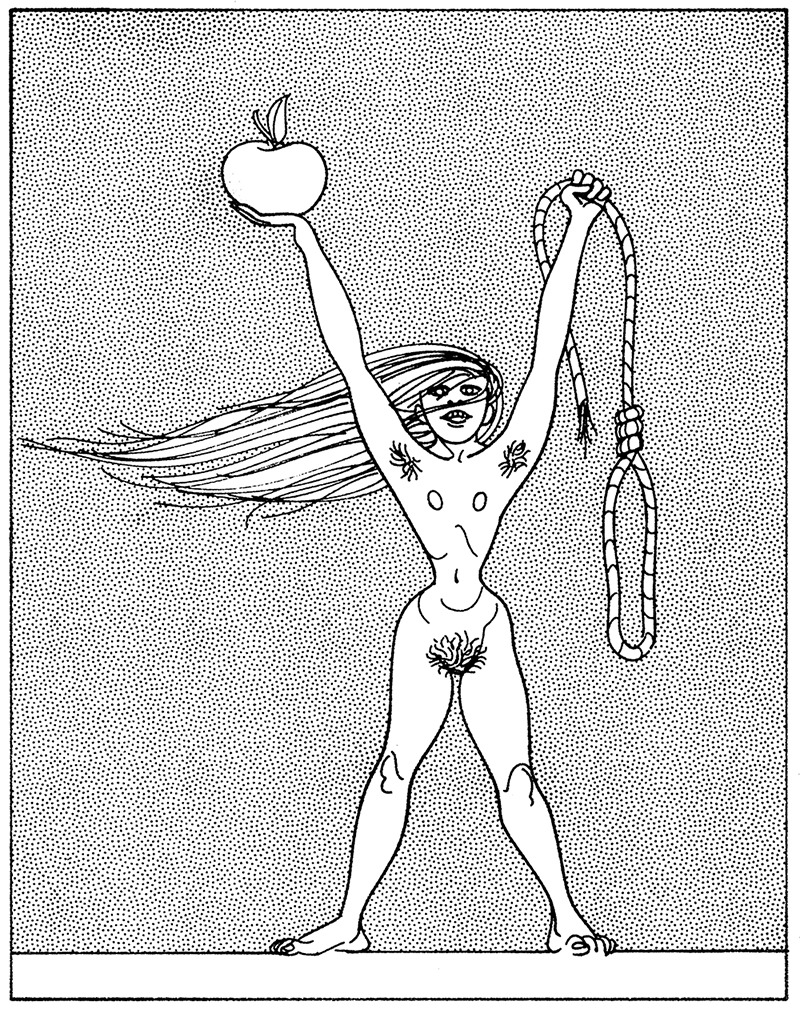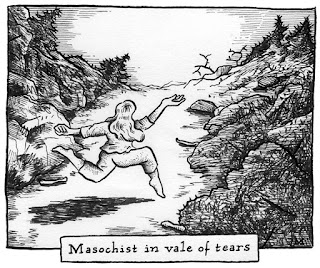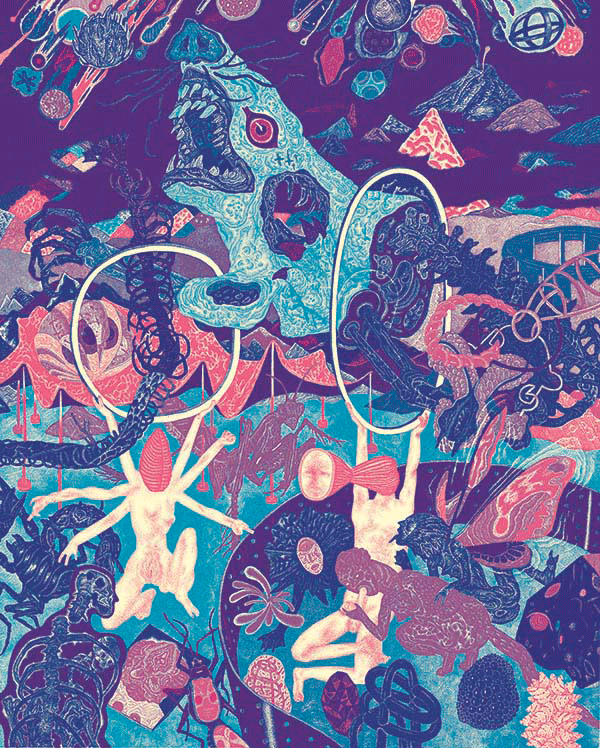Monday, August 31, 2015
Sunday, August 30, 2015
Saturday, August 29, 2015
Trying to remember influences
I feel like I have to
keep reminding myself of a lot of the influences that seem ingrained in me but don’t
have a constant and obvious presence at the forefront. There’s a lot of
passions that have always been there but somehow it’s easy to forget about
them, possibly because I just don’t see them enough in daily life.
I usually remember to
keep up the detail and complexity but occasionally I’ll see something that
reminds me I need to keep taking it to the next level if I can. It’s easier to
forget about the colour combinations, delicacy and textures that excite me.
I’m always seeing
images that remind me of things I need to do more and I’m starting to become
more conscious of the idea that maybe I can’t do some of those things, or at
least the same way that other artists do them.
The most obvious
non-ingrained influence that I have to keep reminding myself of is the lovely
and elegant but seemingly effortless linework of artists like Carlos Nine,
Lorenzo Mattotti and Christophe Blain or sculpting of Bernini and Dino Cunsolo.
It was age 12 or 13 I started to want less sharp, unvaryingly thin and angular lines,
in favour of something more wavy and curvy like the way the wind blows around
things.
This style has grown
a bit more popular and I’m glad about that. Even artists a bit further removed
like Blutch and Sergio Toppi have that full and free flowing quality.
There’s a fairly new
artist called Loic Locatelli that also really impresses me but he and a lot of
the aforementioned drawers are far more sketchy and loose than I want to be. I
really like the sculptural solidity of my best work but I want more of a free
flowing feel to go along with it.
I’ve also been
reminding myself of colourful monsters more that used to thrill me as a child.
All those toys and Halloween masks with very varied designs and colors. Also
been thinking about the gardens and buildings I dimly remember long ago that
have a large place in my subconscious but don’t get drawn enough. Just
remembering all the things I want to see more of. The solution to all this is
usually as simple as drawing more.
Wednesday, August 26, 2015
NOW SHOW ME YOURS
This post stems
from Robert Adam Gilmour telling me of the need or intention currently in the
air to revitalize EBD. I suggested doing a series of posts not about
'ingrained' influences, which are usually what process-oriented pieces are
about, but instead 'deliberate' or conscious influences that one allows into
one's work, to precipitate a change in approach. Things we want to learn.
Robert
suggested i start off the series. I hope it will provoke the other bloggers
here to redeem my bad writing with their better example.
I make comic-books, which clarifies
most of my aesthetic preferences in the realm of art.
I
wish i could draw the female figure with the elegance of Jeffrey Catherine
Jones, and hope i may one day reach Alberto Breccia's or Bernard Krigstein's supreme
indifference to elegance. Perspective to me means Moebius, not Ucello or
Giotto; chiaroscuro Alex Toth, not Michaelangelo Merigi da Carravaggio. My
interest in William Blake was awakened because i saw in him a proto-comic-book auteur. Even where i am inspired by
Barnett Newman, it is because his zips
showed a path to a deeper appreciation of the mystical gravitas of the common
comic-book gutter.
So
these are the things that i will often return to, but they are also the things
i needn't really look at all that much, because i have to an extent
internalized these influences.
And
where drawing is concerned, this deep geology of influence is mostly a good
thing. That's after all how drawing works; only with all the influence sifted
through the prism of the practitioner's own personality do these layers of
knowledge work their subtle effect. Drawing is linear, and should therefore
show lineage.
But
the essence of comics is juxtaposition, which is a part of composition, and
composition works differently. It is a craft that needs the fresh glance, the
quick look, the knowledge stored at the front of the mind, so to speak. Less
intuition, more reason. It necessitates a different way of studying. And it in
this area that i find i often look for new influences, new ways of looking, new
ways of constructing not just the panel, or the page, but the entire approach
to story. How you tell it, what you use to tell it with.
The
point being, i've finally gotten round to reading Stephen King.
I'm
reading It at the moment, and quite
unexpectedly, i am getting a lot out of it.
For
twenty-plus years i'd always maintained that mr. King's workmanlike, unadorned
prose, his annoying habit of describing through brands or pop-cultural
phenomena, even his ubiquity and his avowed dislike of Kubrick's The Shining,
were of themselves sufficient reason not to read him.
I'd
always, in the matter of doorstop blockbusters as it were, preferred the
elegance and eccentricity of someone like Clive Barker, who prepared me for the
'difficult' prose of authors such as M. John Harrison, John Crowley, John
Banville.
Boy
howdy was i ever wrong.
I
am finding It an astonishing read.
Sure, the prose, when you step back and examine it on a sentence-by-sentence
level, is ugly. But so is Hemingway's, or Faulkner's, and there is no reason
other than class segregation to maintain that what is worthy in the one author
is damnable in the other. Throughout It,
King writes with a manic intensity that is exhilarating and infectuous. It
oozes pop-culture, that intensity, and shamelessly uses anything it can lay its
hands on to convey what it must to the reader. There is an urgency to his
prose, as if it were written in direct dictation from the muse. Keeping up that
earnestness for the book's entire duration would be quite a feat, as would be
polishing your prose to affect such an earnestness, but either of which is the
case, King succeeds at it.
Above
all, though, it is smart. King is
smart; erudite, even.
Despite
his commendably working-class attitude towards pretention, and thus towards
literary games of allusion, the guy knows his Horror 101, and if you look past
the misdirection of brand-namedropping and pop music references, It pays honour to the greats, from
Machen to Blackwood to Lovecraft. Once King is sure he's lured you in with his
around-the-campfire Old Storyteller voice, he will hit you over the head with a
chapter written from the point-of-view of the monster which he not only handles
with great compassion (King's often touted as an example of the
Horror-as-externalized-monster school, but few such writers would then show
that even the monster has an inner life), but which he uses to summarize a
distinctly Gnostic view of Evil without ever being boastful about his knowledge
of such matters. Get this: he crams
into a few pages of pulpy Lovecraftian cosmic horror fiction an entire
world-view which scholars who write books about the Gnostics cannot seem to
deal with except as philosophical abstractions. Their words remain mere words,
whereas King opens up a place in your head.
So
what does It give me, apart from its
immersive qualities- the tension, the forward thrust of the narrative, the
lovely nostalgic sheen of some scenes? (Scenes that hit the right spot
considering i´m reaching that age where you can start to look over your
shoulder without wanting to run back because you know those places are no
longer outside of you but inside,
now.)
The
sentimentality, however effective, he can keep. The Bruce
Springsteen-of-horror-fiction pose is extraneous. The assurance that
imagination is powerful, a magick, is tempting but ultimately an affront
towards the impoverished and abused; it is saying that added to the disgrace of
their worldly station they are to blame for a lack of imagination (although
certainly the case could be made that they suffer at the hands of those whose
imagination is only shallow enough to serve their profound will to power).
No,
the thing is this: energy. Energy, and trash.
I
haven't reached the final page yet, but unless King blows it in the last few
pages ( i am prepared to forgive or at least ignore sentimentality), I think i
may conclude that reading It, and
seeing the act of storytelling performed
with such wilfull abandon, reinvigorated my appreciation of pop culture. If the
genre of so-called 'literary fiction' is as mannered and put-upon and yes, as
uptight, as its bourgeois provenance would suggest, then 'genre fiction' is the
belching, farting, unrestrained undermind of its epoch. It is here that the
real big questions are laid before us in all their nightmarish capriciousness
rather than being politely ignored over cocktails.
In
the end, pop culture is trash, of course, but it is our trash, collectively owned, and we must examine it openly and
honestly, recognizing our hand in it. Anything else would merely be imperialism
(taking, and not giving back, and thinking a higher power so ordained it).
I
am, in short, inspired to take my inner academic for a walk across the trash
heap and to hunt there indiscriminately for whatever detritus comes to hand and
put it to use, instead of keeping it
at arm's length to study it.
To tell him to relinquish control, and open up, and let the Weirdness in:
Wednesday, August 19, 2015
must be new around here
Hello.
My name's Ibrahim. The talented and generous mr. Robert Adam Gilmour invited me to contribute to this excellent blog. Now, one would prefer in such situations to --explode, as it were, onto the blog with the finest examples of one's craft, but since any given project at any time must find its place or more correctly struggle for it, amongst the myriads of things on one's plate, it is more often than not simply the work closest to hand which gets showcased.
So, by way of introduction, let me regale you with some 'deleted scenes' from my upcoming book 'The White People.'
It's a comic book.
Sunday, August 16, 2015
Friday, August 14, 2015
Boschian landscape
The near-final version of the back cover of my book on Hieronymus Bosch. It goes to print in a week.
Labels:
Bosch,
comic,
Marcel Ruijters,
middle ages,
Renaissance
Friday, August 07, 2015
SHALTMIRA: TUATARA NATARAJASANA
TUATARA NATARAJASANA. 2015. Acrylic paint and markers. 91,5 cm x 91,5 cm x 3,5 cm canvas on frame. www.shaltmira.com
Nosey neighbours
A new cover design for my book on Hieronymus Bosch. Over the black ceiling will be the title. For now, i'll have to bear with the composition looking rather off-balance. The book goes to print this month!
Labels:
Bosch,
comics,
Marcel Ruijters,
middle ages,
Renaissance
Subscribe to:
Posts (Atom)



















